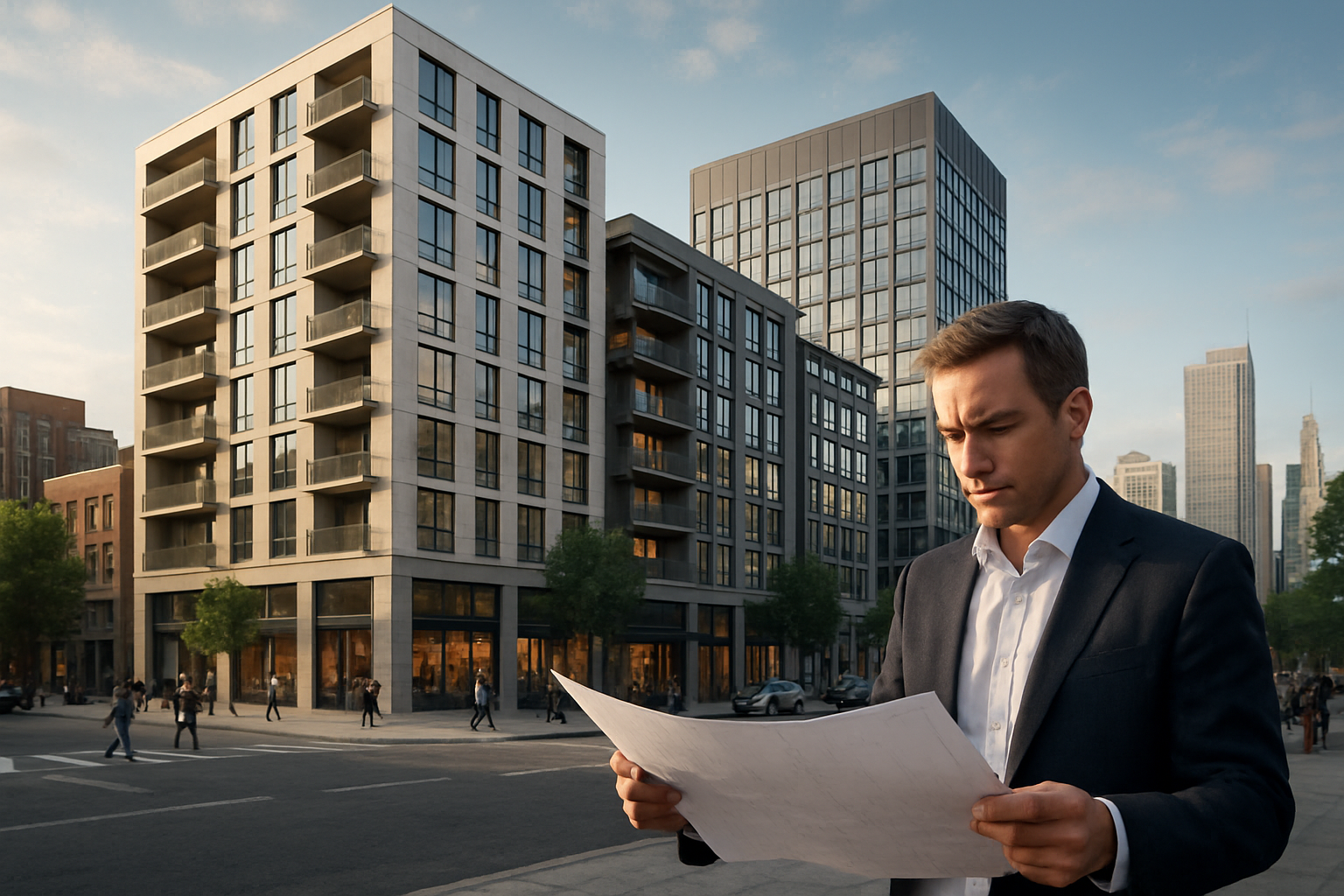Revitalizing Rust Belt Real Estate: A New Era of Opportunity
In the heart of America's industrial landscape, a quiet revolution is taking place. The Rust Belt, long associated with economic decline and urban decay, is experiencing a renaissance in its real estate market. This transformation is not just about property values; it's a story of community revival, innovative urban planning, and strategic investment. As we delve into this emerging trend, we'll explore how savvy investors and forward-thinking city planners are turning forgotten spaces into thriving communities, and what this means for the future of real estate in America's heartland.

Economic Diversification as a Catalyst
One of the key drivers behind the Rust Belt’s real estate revival is the region’s economic diversification. Cities that once relied heavily on manufacturing are now home to burgeoning tech sectors, healthcare industries, and educational institutions. This shift has created new job opportunities, attracting young professionals and families back to these urban centers. As a result, demand for housing and commercial spaces has increased, sparking interest from both local and out-of-state investors.
Affordable Housing in the Spotlight
The Rust Belt offers a unique proposition in today’s real estate market: affordable housing in urban settings. While coastal cities grapple with skyrocketing property prices, many Rust Belt cities provide an attractive alternative. First-time homebuyers and millennials are finding opportunities to own homes in vibrant communities at a fraction of the cost they would face in more traditionally “hot” markets. This affordability factor is not just drawing residents; it’s also attracting investors looking for properties with strong potential for appreciation.
Adaptive Reuse: Turning Industrial into Inspirational
One of the most exciting trends in Rust Belt real estate is the creative repurposing of industrial spaces. Old warehouses are being transformed into loft apartments, former factories are becoming innovation hubs, and abandoned mills are finding new life as mixed-use developments. This adaptive reuse not only preserves the architectural heritage of these cities but also creates unique, character-filled spaces that appeal to a wide range of residents and businesses. The trend is not just aesthetically pleasing; it’s also environmentally responsible, as it reduces the need for new construction and utilizes existing infrastructure.
Government Initiatives and Urban Planning
Local governments in Rust Belt cities are playing a crucial role in this real estate revival. Many have implemented innovative urban planning strategies and offered incentives to attract developers and businesses. Tax breaks for historic preservation, grants for brownfield redevelopment, and zoning changes to encourage mixed-use projects are just a few examples of how these cities are facilitating growth. These initiatives are creating a more favorable environment for real estate investment and development, further fueling the region’s resurgence.
The Impact of Remote Work on Rust Belt Real Estate
The recent shift towards remote work has had a significant impact on Rust Belt real estate markets. As more people have the flexibility to work from anywhere, the appeal of affordable, spacious properties in revitalized urban areas has increased. This trend is not just limited to residential real estate; it’s also affecting commercial spaces, with a growing demand for co-working facilities and flexible office arrangements. The Rust Belt’s ability to offer both affordability and quality of life is positioning it as an attractive option for remote workers and digital nomads.
Challenges and Considerations
While the Rust Belt’s real estate revival presents numerous opportunities, it’s not without challenges. Investors and developers must navigate issues such as aging infrastructure, environmental remediation in former industrial sites, and the need for modernization in some areas. Additionally, there’s the delicate balance of encouraging growth and development without displacing long-time residents or erasing the cultural identity of these communities. Successful real estate ventures in the Rust Belt require a nuanced understanding of these challenges and a commitment to sustainable, community-oriented development.
The Future of Rust Belt Real Estate
Looking ahead, the future of Rust Belt real estate appears promising. As more success stories emerge and word spreads about the opportunities available, interest from both national and international investors is likely to grow. The region’s commitment to reinvention, combined with its rich history and affordable real estate, positions it uniquely in the national market. However, maintaining this momentum will require continued collaboration between public and private sectors, ongoing investment in infrastructure and education, and a commitment to inclusive growth that benefits both new arrivals and long-time residents.
In conclusion, the revitalization of Rust Belt real estate represents more than just a market trend; it’s a testament to the resilience and adaptability of America’s industrial heartland. For investors, developers, and homebuyers alike, the Rust Belt offers a compelling combination of affordability, opportunity, and community. As these cities continue to reinvent themselves, they’re not just changing their own fortunes—they’re reshaping the landscape of American real estate and urban development for years to come.





